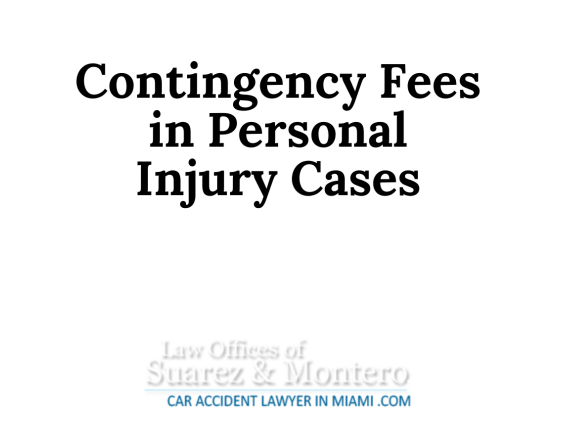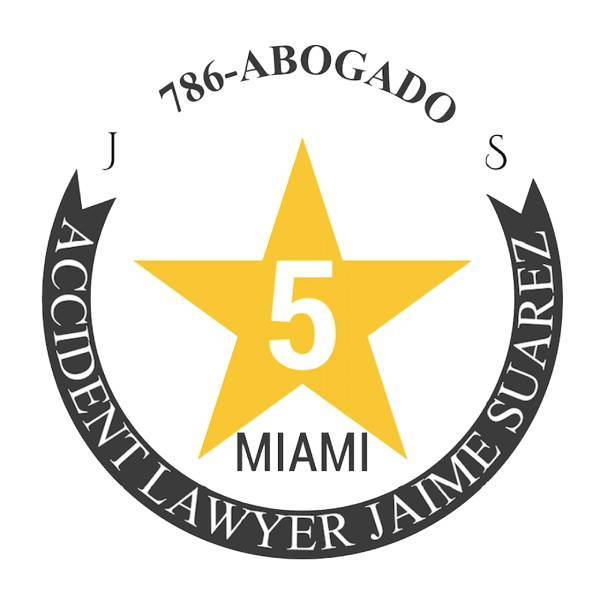
Settlement & Release Agreements in Personal Injury Cases Explained
Most personal injury claims end in a settlement in which you receive an agreed-upon amount of money for your injuries. However, the settlement of a personal injury claim involves more than just the exchange of money. Once you are able to settle your personal injury claim, you will need to review and sign a release to receive the settlement funds. It is important to understand how a settlement release works and what rights you are giving up in exchange for settlement of your personal injury claim. Before you sign a liability, release and agree to the terms of an insurance settlement, it is important you understand the true extent of your injuries and the consequences of signing a release. This blog post will discuss settlement and release agreements in personal injury cases. Specifically, this post will discuss the general rules, provisions, and requirements of personal injury settlements and releases under Florida law.
What is a Settlement Agreement?
A settlement agreement is an agreement to terminate, by means of mutual concessions, a claim that is disputed in good faith or unliquidated. A settlement agreement between parties to litigation is in fact a contract and is governed by the laws of contracts. If an insurer provides a settlement agreement document for execution, you should carefully review each of the terms to ensure that it accurately reflects the agreement reached in your case. Although often referred to generically as a “release,” the document will sometimes include terms that accomplish more than simply releasing one party from liability to the other. Other terms frequently included in a release document, which may or may not be needed or suitable depending on the facts of your specific case may include clauses that preserve your ability to bring additional claims for first-party medical benefits or uninsured motorist coverages, or clauses that identify any claims that are not being released, such as a separate products liability action; a hold harmless clause, in which the releasor promises to hold harmless the releasee from any claims asserted against the releasee arising out of the claim that is the subject of the release; an indemnity clause, with or without provisions for defense, which may require the releasor to pay for and provide a defense to the releasee if any later claims are brought against the releasee.
What is a Release?
If an insurer provides a release document for execution, you should carefully review each of the terms to ensure that it accurately reflects the agreement reached in your case. Although often referred to generically as a “release,” the document will sometimes include terms that accomplish more than simply releasing one party from liability to the other. Other terms frequently included in a release document, which may or may not be needed or suitable depending on the facts of your specific case may include clauses that preserve your ability to bring additional claims for first-party medical benefits or uninsured motorist coverages, or clauses that identify any claims that are not being released, such as a separate products liability action; a hold harmless clause, in which the releasor promises to hold harmless the releasee from any claims asserted against the releasee arising out of the claim that is the subject of the release; an indemnity clause, with or without provisions for defense, which may require the releasor to pay for and provide a defense to the releasee if any later claims are brought against the releasee. A release document usually will identify the amount of the settlement, all parties who are being released, and the claim or claims that are being released (for example, bodily injury or property damage claims). The Release is a document prepared by the defense attorney and setting forth the settlement terms. Once the defense attorney prepares the Release, it will be sent to your lawyer for approval. Depending on what is in the document, the Release can be very straightforward, but certain language can be objectionable. Your lawyer will read carefully to determine whether all terms are acceptable. Sometimes, the lawyers will argue for days over the terms of the Release. They generally reach an agreement, but if they don’t, they will request that the judge step in. This can slow things down considerably. Once the Release is acceptable, your lawyer will send it to you to sign. You will usually have to sign it in front of a notary public, sometimes in triplicate. Before signing it, you will want to read it carefully and discuss it fully with your lawyer, making sure that all your questions are answered. Once the document has been signed and returned to the defense attorney, the terms and the language are final.
After Settling Your Personal Injury Claim
If you’re able to settle your personal injury case before your case moves to the trial phase, the attorneys will notify the court that the case was settled by filing a notice of settlement. The court will then issue an order of settlement, which will require the parties to file a copy of the settlement agreement within 30 days in Florida.
Contact us Today!
At Suarez & Montero, our attorneys are experienced in working with insurance companies to secure fair settlements for our clients. We will conduct a thorough investigation into your claim and the cause of the accident to find out the full extent of injuries and losses you may have suffered. If you or a loved one were injured in an accident, you may have a legal right to recover significant compensation for your injuries. The Law Offices of Suarez & Montero Car Accident Lawyers represents accident victims injured in various types of accidents. Our skillful attorneys are genuinely committed to our clients. We will fight to make sure that you get the maximum amount of compensation owed to you. Let us help you get the medical care you need and fight to make sure you are compensated for your injuries!
We serve clients throughout Florida including those in the following areas:
Miami-Dade: Aventura, Coral Gables, Doral, Fontainebleau, Hialeah, Homestead, Kendall, Miami, Miami Beach, Miami Lakes, North Miami, Tamiami, and Westchester.
Broward: Fort Lauderdale, Hallandale Beach, Hollywood, Pembroke Pines, and Weston; and Palm Beach County including Boca Raton, Lake Worth, and West Palm Beach.





